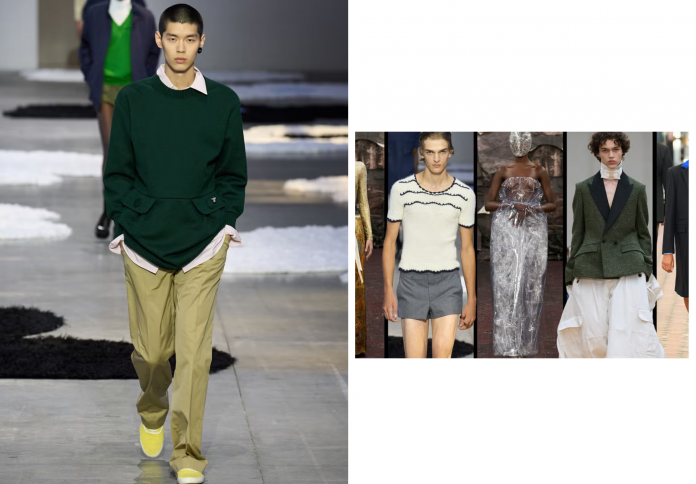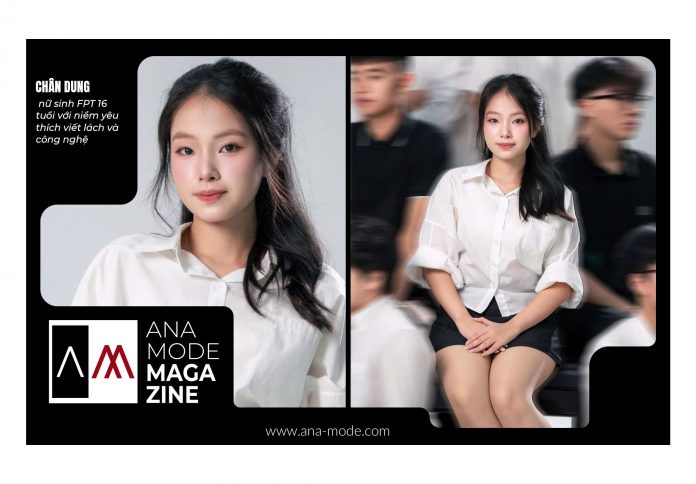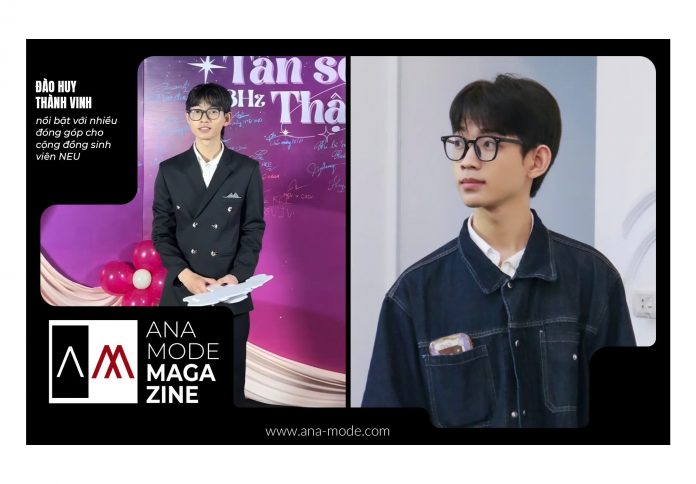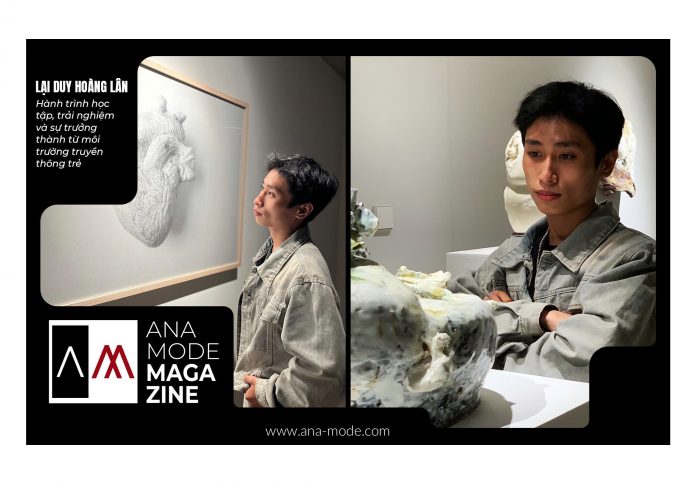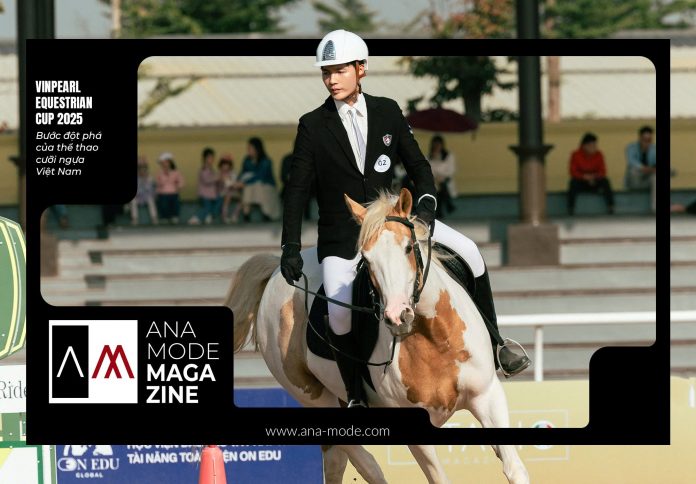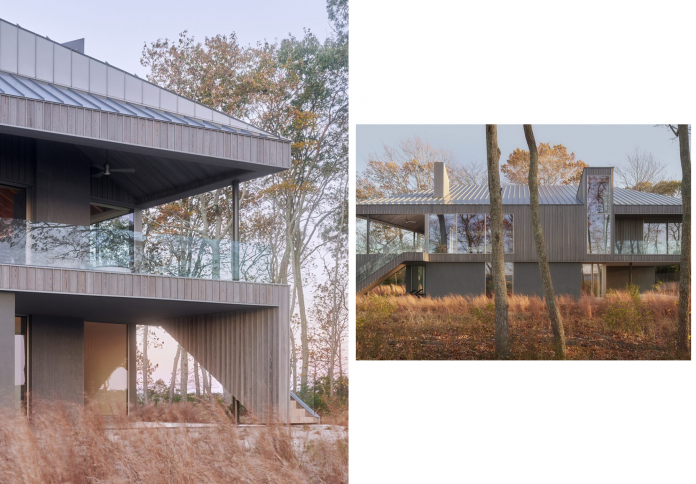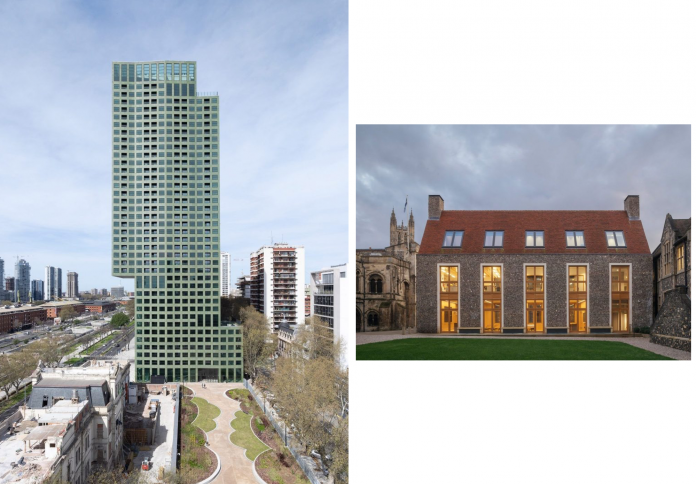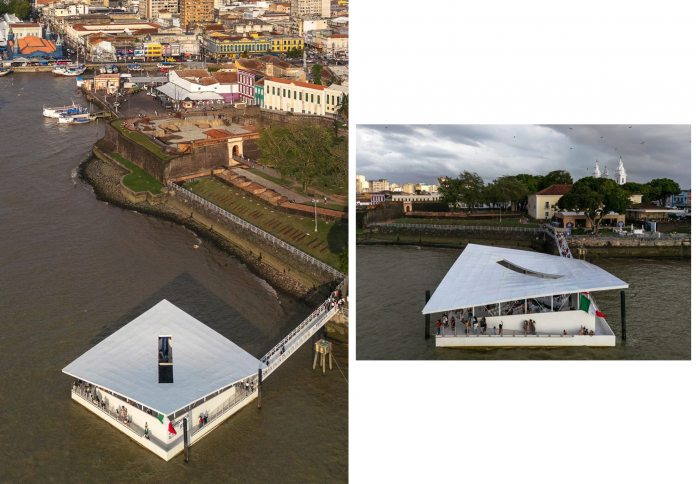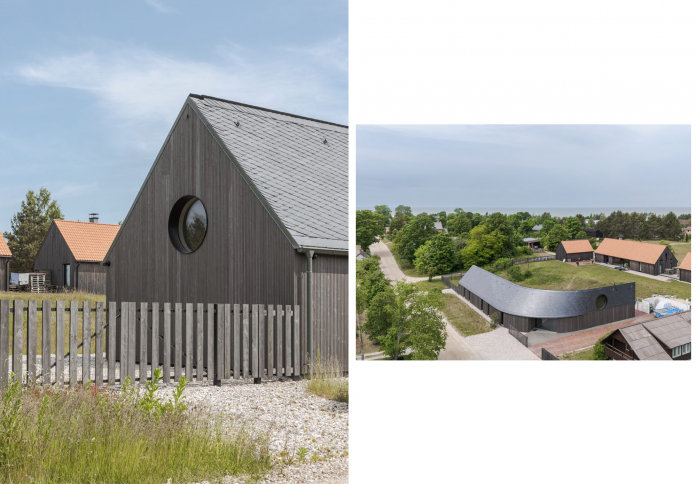Fashion Week 2025 revealed a surprising emotional undercurrent: designers are shedding postmodern irony in favor of what critics call “new sincerity.” From Prada’s softboy suiting to Margiela’s masked vulnerability, runways are embracing expression over detachment, depth over sarcasm. The result is a quieter, more earnest aesthetic—where clothing declares identity rather than conceals it. It’s fashion that feels sincere, not staged.
Sincerity replaces irony on the runway
At this season’s major runways, a noticeable shift unfolded: irony is no longer the dominant language. In its place, fashion is beginning to speak with a softer voice—one of emotional authenticity and vulnerability. Designers are reaching for references that reflect genuine human experience, not sarcasm or satire.

The masked figures at Maison Margiela did not appear as symbols of concealment but as avatars of psychological transparency. At Prada, relaxed tailoring and schoolboy layering gave suiting a sense of fragility, of lived-in emotion. This is not deconstruction for spectacle—it’s a new construction rooted in feeling.
Designers are leaning into emotional memory
A defining characteristic of this season’s collections is their sensitivity to emotional texture. Fashion houses embraced silhouettes and fabrics that carried memory: garments looked worn-in, touched, treasured. Instead of presenting clothing as pristine or ironic, they presented clothing as personal, almost intimate.
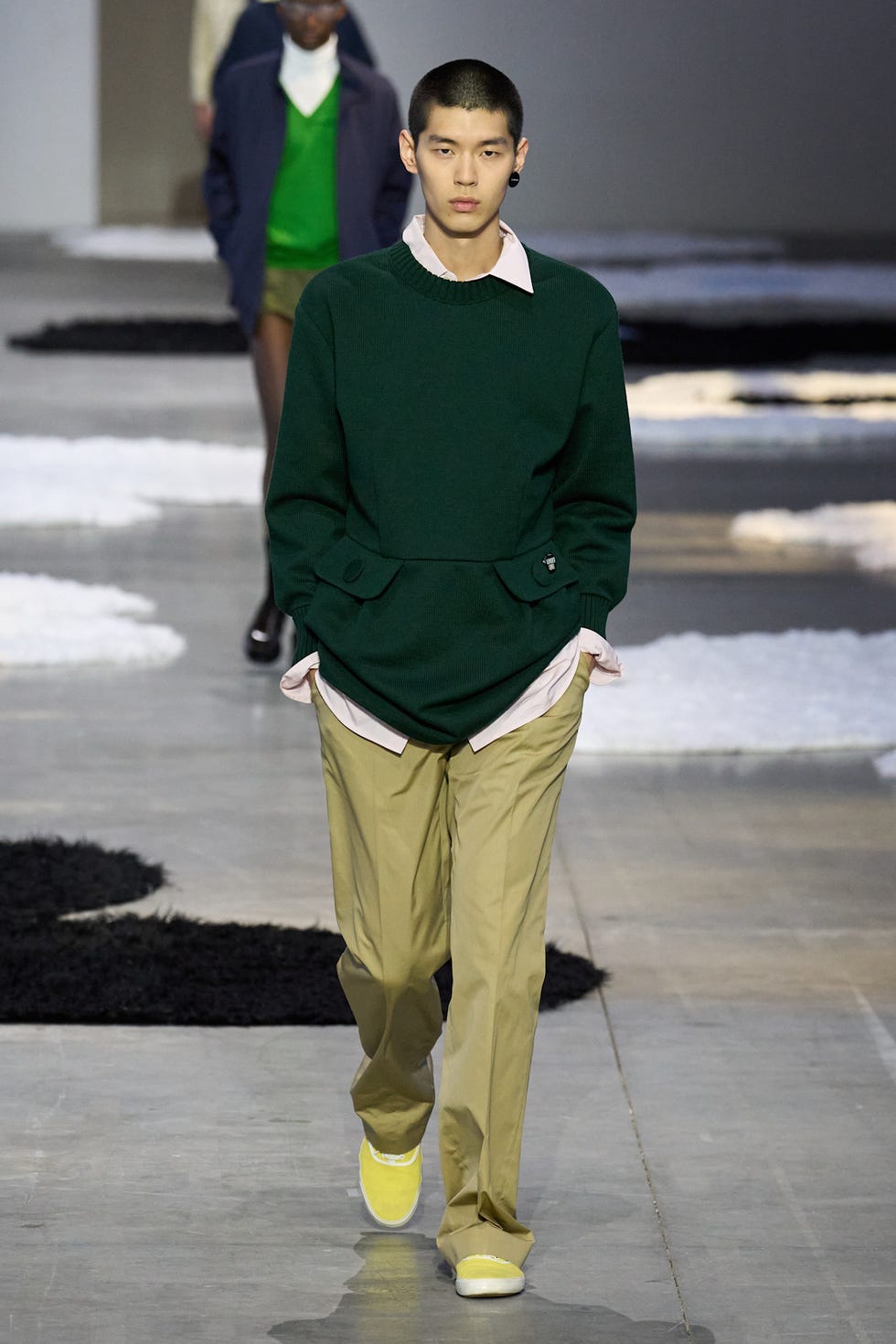
This sincerity found form in oversized tailoring that felt comforting, in knits that recalled childhood and home, in embellishments that read like diary entries rather than trends. Designers like Yohji Yamamoto, Simone Rocha, and Dries Van Noten wove feeling into the seams—presenting not just clothes, but interiorities.
Wearability becomes an act of honesty
The rise of new sincerity isn’t just an aesthetic—it redefines how we wear clothes. Suddenly, a voluminous coat feels like emotional armor. A soft suiting ensemble becomes a way to express openness. A mask is not a trick, but a metaphor for confronting what’s within. This is styling rooted in story, not just silhouette.

Wearability, in this context, becomes about what feels true. It encourages a wardrobe built on resonance: pieces that speak to memory, to affection, to identity. The emotionality of the runway invites a more intuitive kind of dressing—where personal expression takes precedence over conceptual cleverness.
A cultural moment, not just a fashion one
What’s happening on the runway is part of a wider cultural shift. For years, fashion (like art, music, and media) flirted with irony as a shield against meaning. But the tide is turning. In an age of oversaturation and artifice, authenticity has become not only desirable—it’s radical.
This movement isn’t sentimentalism dressed up as chic. It’s about recognizing that fashion can be a vessel for emotion, a medium for connection. The new sincerity asks both designers and wearers to engage with vulnerability, to find beauty in the personal. In doing so, it offers a path forward—one where fashion moves with the rhythm of the heart, not just the beat of trend.
